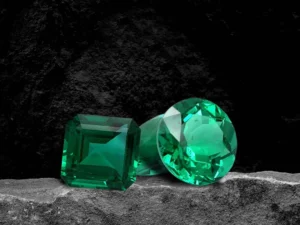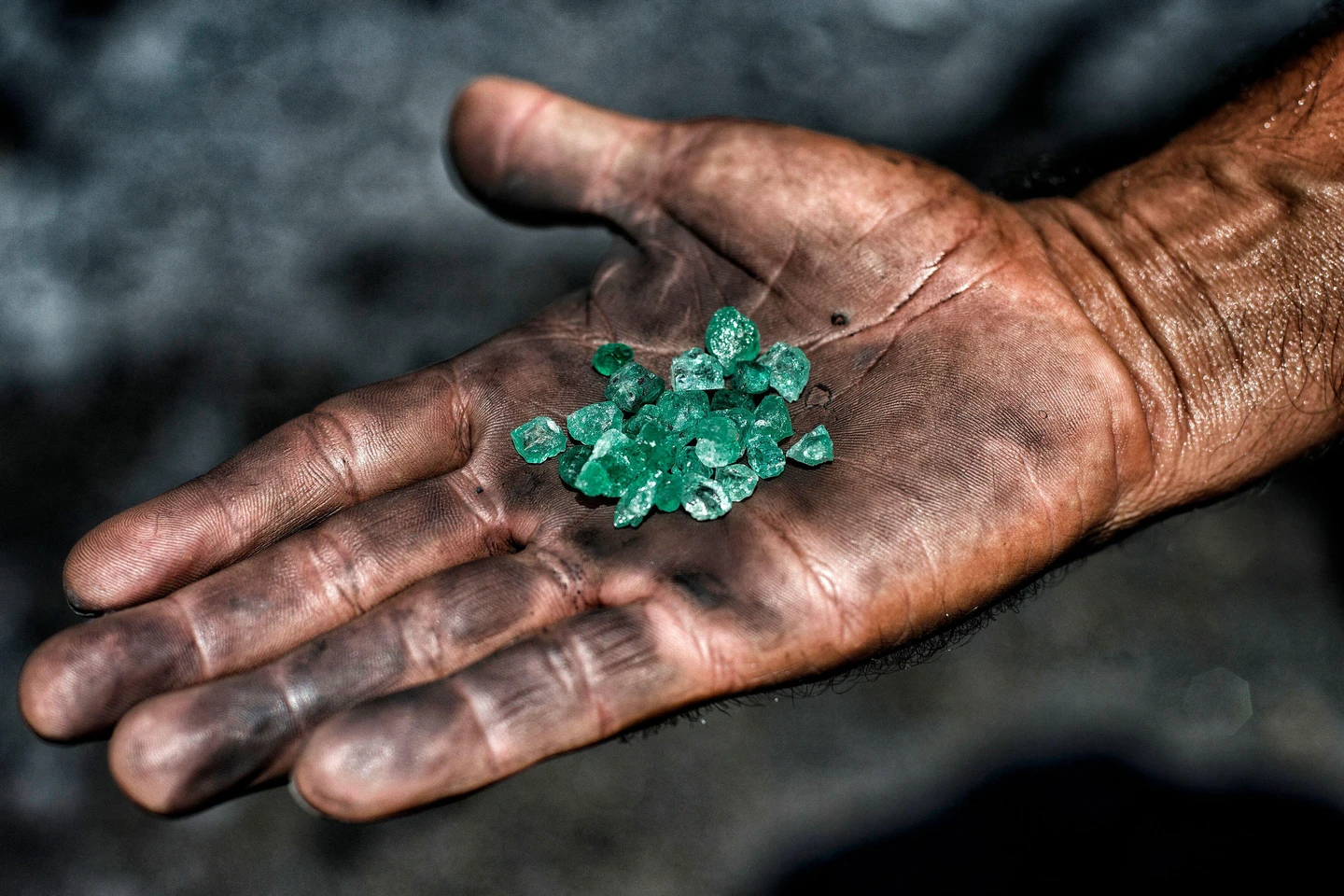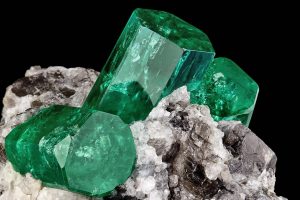
Dating from 300BC all the way to the 1700s, Emeralds were first mined in Egypt, where Cleopatra had a deep passion for the stone and claimed every emerald mine in the country as her own. The Egyptians commonly adorned themselves with the stone as a symbol of loyalty, and also buried their deceased loved ones with it to express their familial honor.
Although Cleopatra was most widely known for her love of emeralds, the Muzo Indians of Colombia were also recognized for having had very well-hidden mines, so hidden that it took the Spanish conquistadors nearly 20 years to find them. So now, emeralds are most commonly mined from Colombia, making up more than 50% of all emeralds, while Zambia and Brazil are close behind. Colombia is famous for producing such rich color, making the emeralds more valuable and rare. The deeper the color and the larger the emerald, the more expensive and coveted it will be.



Emerald is a gemstone and a variety of the mineral beryl, colored green by trace amounts of chromium. Beryl has a hardness of 7.5-8 on the Mohs scale. Most emeralds are highly included, meaning the clarity is more cloudy, so their toughness is classified as generally poor. This can be why jewelers are so careful in setting them into mountings; they can crack or chip very easily. Emeralds are also oiled to help keep their green color very lustrous, which is a very common and accepted treatment for emeralds in the industry.
Emeralds have always been a symbol of loyalty, but it has more recently become a token of prosperity, peace, new beginnings, and security. Its color reflects new spring growth, making the gem a very fitting birthstone for the month of May. It is also widely prized by the rich and famous, with Elizabeth Taylor’s famous emerald pendant selling for a large $6.5 million in 2011.
